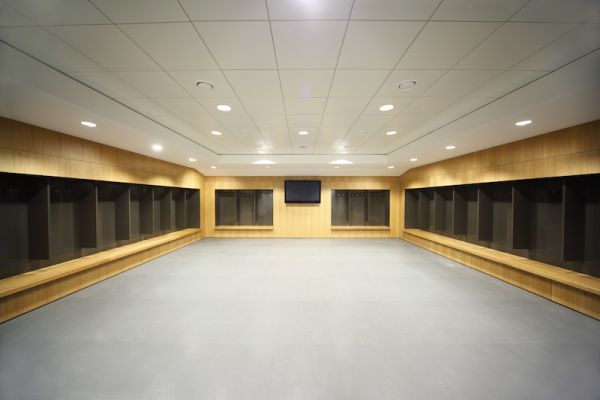
Acoustic foam is an essential tool for those looking to improve sound quality in their home or workspace. This versatile product can be used in a variety of settings, from recording studios to conference rooms. However, with so many options available, it can be difficult to determine where acoustic foam is best installed. The truth is, the answer depends on your specific needs and the environment you are working with.
- Improve sound quality in studios.
Acoustic foam is a crucial component in creating a professional sound studio. Its primary function is to improve sound quality by reducing echoes and reverberation in the room. For recording studios, however, there are specific areas where acoustic foam should be installed for optimal sound quality.
One of the most critical areas is the control room, where the sound engineer sits. The acoustic foam should be placed on the walls, ceiling, and floor to ensure that the sound engineer hears a clear and accurate representation of the recorded audio. In addition, the foam should be installed in the recording booth to reduce unwanted external noise and capture the best possible sound from the instruments or vocalists.
Properly installed acoustic foam is essential for achieving professional sound quality in studios and can help create an environment that is conducive to creativity and productivity.
- Reduce echoes in conference rooms.
One of the most common challenges in conference room design is reducing echoes and achieving optimal acoustics. One effective solution is the installation of acoustic foam panels. These panels are specially designed to absorb sound waves, reducing the amount of echo in the room and improving speech intelligibility. To achieve the best results, it is recommended to install the panels strategically in areas where sound bounces the most, such as the ceiling or walls.
By reducing echoes, you can create a more comfortable and productive environment for meetings and presentations. It is important to note that the effectiveness of acoustic foam panels will depend on the quality of the product, proper installation, and the specific needs of the space. Consulting with an acoustic professional can help determine the best approach for reducing echoes in your conference room.
- Enhance audio in home theaters.
When considering where to install acoustic foam in your home theater, one area that should not be overlooked is audio enhancement. Acoustic foam can play a crucial role in optimizing the sound quality of your home theater setup. By reducing sound reflections and echoes in the room, acoustic foam can help you achieve a clearer, more defined audio experience.
Additionally, the foam can absorb unwanted background noise that can be distracting during movie watching or gaming sessions. Installing acoustic foam panels on the walls and ceiling can help create an acoustically balanced space, allowing for the sound to be distributed evenly throughout the room. By enhancing the audio in your home theater, you can create an immersive and enjoyable viewing experience, elevating your movie nights or gaming sessions to the next level.
- Minimize noise in open offices.
In open office environments, noise can be a major source of distraction and reduce employee productivity. To address this challenge, it is important to minimize noise levels through the installation of acoustic foam. Acoustic foam helps reduce the reflection of sound waves, minimizing noise levels and creating a more peaceful work environment.
One of the most effective ways to minimize noise in open offices is by installing acoustic foam on walls, ceilings, and floors. This will help reduce the amount of noise that bounces around the room, making it easier for employees to concentrate on their work.
By minimizing noise levels, employees will be able to focus more on their tasks, leading to increased productivity and better overall performance. Therefore, it is important to consider the installation of acoustic foam in open offices to create a more conducive work environment.
- Optimize acoustics in classrooms.
When it comes to creating a conducive learning environment, optimizing acoustics in classrooms is a crucial consideration. In order to ensure that students can hear and understand their teachers clearly, it’s important to reduce the levels of background noise, echoes, and reverberations within the classroom.
Installing acoustic foam is an effective solution that can help to absorb sound waves, enhance speech intelligibility, and reduce distractions caused by external noise sources. But where exactly should acoustic foam be installed within a classroom environment? In this document, we will explore the different areas where acoustic foam can be installed to optimize acoustics in classrooms.
